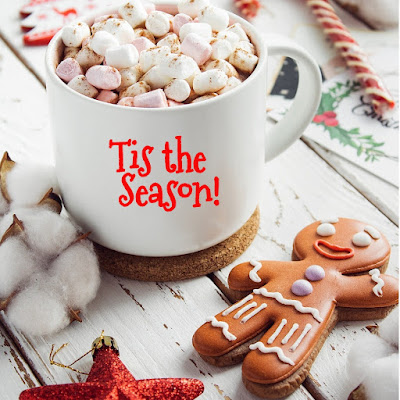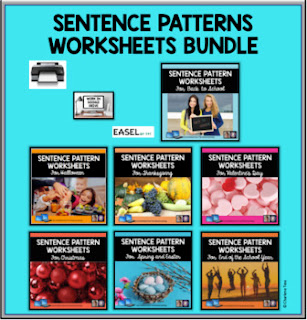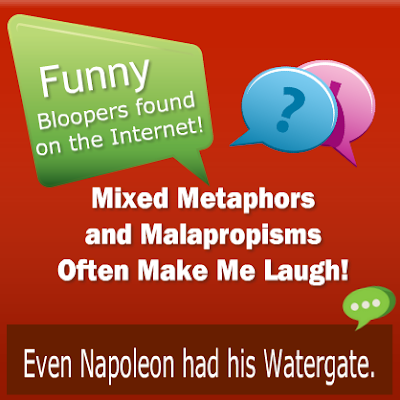December is almost here. It was always the shortest month in the school year for me, so I felt it necessary to accomplish as much as possible in the two and a half or three weeks of instruction available while, at the same time, celebrating the spirit of the season with my students.
Since learning to achieve sentence variety is a skill that all good writers must master, we worked on varying sentence patterns. Because I wanted to celebrate the spirit of the Christmas season, the sentences I put in the sentence combining exercises all had Christmas and winter holiday themes.
Although there is nothing wrong with sentences that begin with the subject followed by the verb, the writing becomes monotonous if a writer repeats this pattern in sentence after sentence. Most grammar checker apps will flag this writing weakness. Since ELA teachers are the official "grammar checkers" for their students, they will be watching for this also.
The best way to achieve sentence variety, is to move phrases and clauses to the beginning of some of the sentences or locate them in different positions to avoid the repetitive subject-verb pattern.
Here’s what I mean.
Original subject-verb pattern:
All my gifts sat under the tree waiting for me to open them.
Revised:
Under the tree, sat all my gifts waiting for me to open them.
Here’s another example:
Original subject-verb pattern:
Many people send Christmas Cards to friends and relatives a few weeks before Christmas.
Revised:
A few weeks before Christmas, many people send Christmas Cards to friends and relatives.
Original subject-verb pattern.
My mother insisted that we write our thank-you notes before we could play with our toys.
Revised:
Before we could play with our toys, my mother insisted that we write our thank-you notes.
You can create an exercises like these for your students to practice varying sentence patterns. The more practice they have, the better their writing will become. Here’s a free one you can print or use in Easel.
Here’s a FREE resource for you to use.
I have seven more sentence patterns resources that are ready to use and include the answers. You can purchase them separately or buy them in a bundle and save 20% on the individual resources. One of them is Thanksgiving themed and another is for Christmas. I hope you will find them helpful. You will find the bundle here.
I hope you have a happy, healthy, and restful winter break. I will celebrate with my husband, daughters, and grandsons. We will eat entirely too much and play board games after dinner. I look forward to both.
Here are some interesting blog posts from my teacher friends at The Best of Teacher Entrepreneurs Marketing Cooperate. I hope you enjoy them.
.png) |
| The Best of Teacher Entrepreneurs Marketing Cooperative |











.png)


.png)




